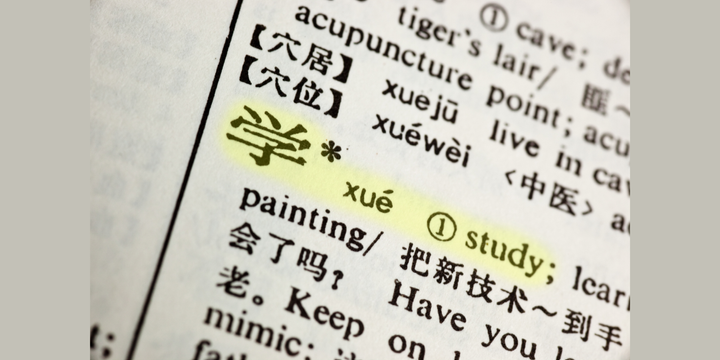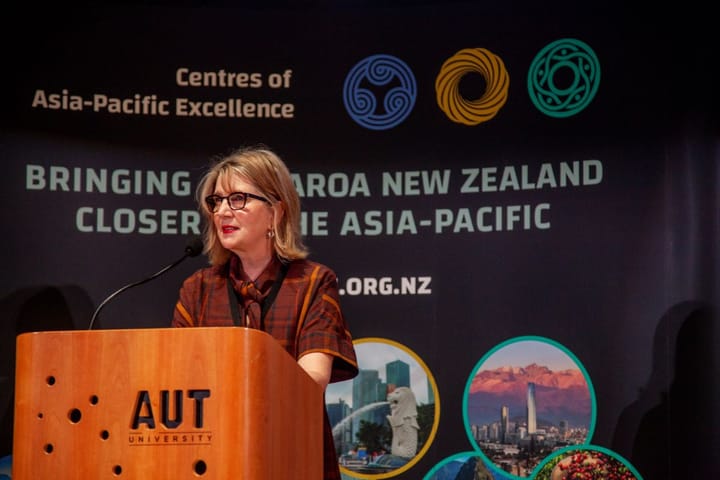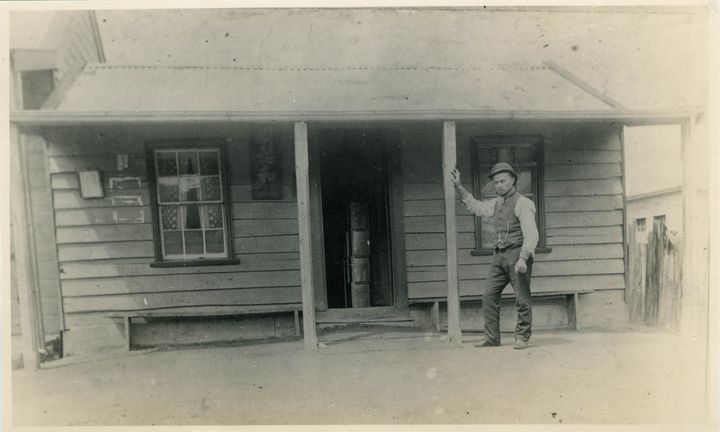At the frontiers of education in Chile and Aotearoa
Research spanning Aotearoa New Zealand and Chile is finding ways for educators and communities to adapt to individual learners rather than the other way around. Dr. Claudio Aguayo is at the frontiers in both countries.
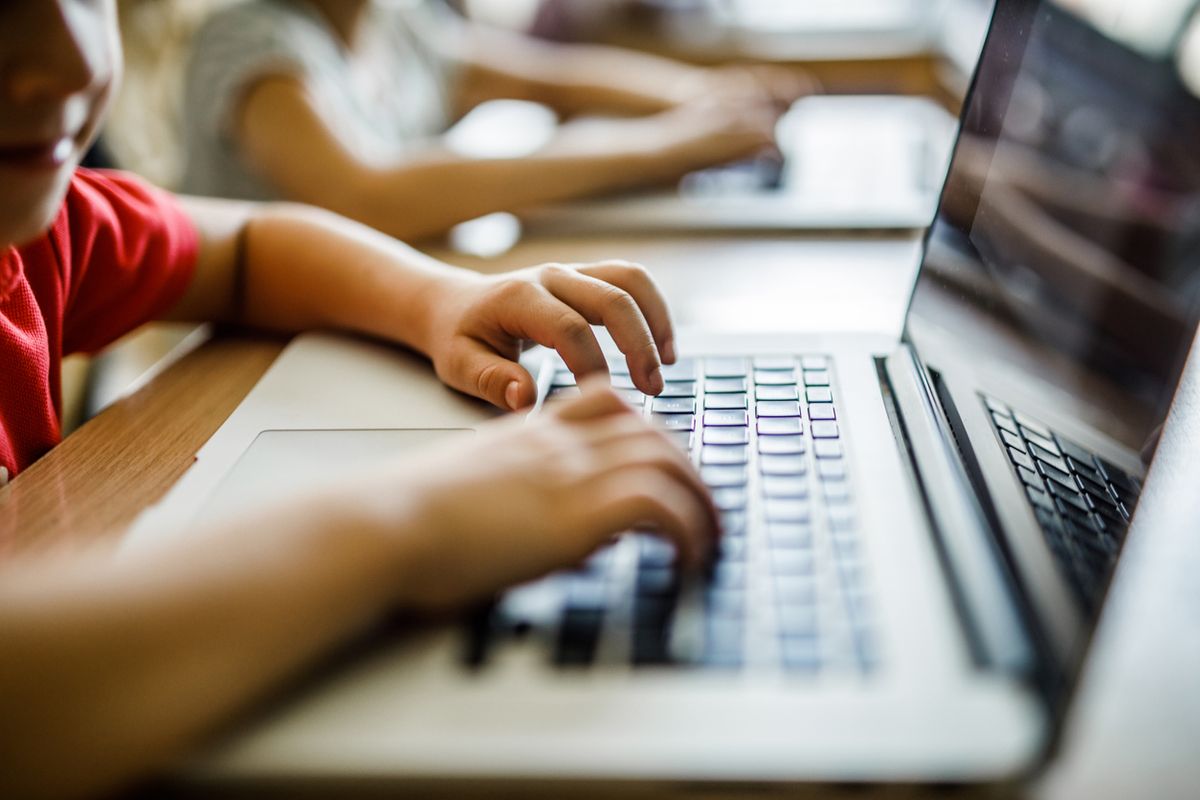
Research spanning Aotearoa New Zealand and Chile is finding ways for educators and communities to adapt to individual learners rather than the other way around. Dr. Claudio Aguayo is at the frontiers in both countries.
- Schools and communities face growing expectations: tailor education to individual learners, prepare them for unpredictable careers, keep up with technology in a way that is educationally meaningful—to name a few.
- A way forward is emerging from what some will see as an unlikely and abstract source: biology and cognitive science.
- Dr. Claudio Aguayo is a Chilean biologist trained in the Santiago school of cognition with a PhD in Education. He draws together complexity science, education and technology to make education work for all learners. He pursues this aim through research and experimentation at the Auckland University of Technology (AUT), where he is Senior Digital Innovation Advisor in Te Ara Poutama, the Faculty of Māori and Indigenous Development, and Director of Research & Development for AUT's AppLab.
- Dr. Aguayo talked to The Context: Asia-Pacific shortly before he travelled to Chile to share his research, in the Summer of 2022.
Audio interview
Listen to the audio follow up to this story, in which Dr. Aguayo talks to María Belén Nuñez about the principles behind enactivism in education, how Chile and Aotearoa New Zealand can combine strengths to tackle common challenges, his role as an innovation catalyst, and his two latest articles published in April and June of 2023. (Find the links to the research articles mentioned, at the end of this story).
Improving the educational environment for all learners
As an academic, Dr. Aguayo describes his daily challenge as “to understand what we can do with the new digital tools and apply it to education by means of innovation and research.”
His work has the rare feature of connecting deep philosophical theory with practical classroom experiments.
This was the case in his recent research project, From STEM to STEAM: An Enactive and Ecological Continuum, which he conducted with fellow researchers Ronnie Videla (Universidad de La Serena, La Serena, Chile) and Tomas Veloz (Foundation for the Interdisciplinary Development of Science, Technology and Arts, Santiago, Chile).
This research explored science education, enactivism (a theory of understanding) and ecological psychology, drawing from the well-regarded Santiago theory of cognition. This school of thought views learning processes and educational systems as living organisms with their own characteristics.
An exciting implication of this idea is that it can give education programmes the adaptability required to escape one-size-fits-all education systems.
Dr. Aguayo's research paper, as the research title suggests, focused on STEM and STEAM pedagogy, which brings together—Science, Technology, Engineering and Math, with Arts dropped in the mix in the case of STEAM—to achieve interdisciplinary education and solutions.
STEM/STEAM pedagogy is known for breaking barriers between disciplines to create paths for new ways of understanding.
Even so, Dr Aguayo sees many more walls to break down in teaching and learning. Even STEAM itself categorizes knowledge and learning, he says, and so risks excluding learning that does not perfectly fit any of its categories. “For example, where would you place alternative/non-formal education initiatives or Indigenous cosmovision within STEM/STEAM?” Aguayo asks.
To further push back pedagogical boundaries, Dr. Aguayo’s research paper proposes an enactive and ecological approach, rooted in the Santiago school’s biology of cognition. In this line of thought, “the educational context of a group or individual defines their learning opportunities,” Dr. Aguayo explains.
This approach is based on the ‘enactivism theory’ developed by influential Chilean biologist Francisco Varela. Enactivisim involves continuity between perception, cognition and action. According to this idea, every person cocreates their reality with the environment, as opposed to a predetermined mind encountering a predetermined environment.
Enactivisim has fascinating implications for education. If we allow for multiple external realities, possibilities open for each learner:
“We focus on how to improve the educational environment so each learner can make the most out of it, following their own motivations and needs,” explains Dr. Aguayo
The research also draws on ecological psychology, specifically the work of James J Gibson, which proposes that “cognition is structured by reciprocal interactions between the organism and the environment”.
Applying this to educational programmes creates opportunities and options to suit different needs, because of the diverse ways that we interact with our environments.
This may seem a complex ask of educators, but this is also where digital tools offer great potential to create different scenarios for learners and practical tools for classrooms.
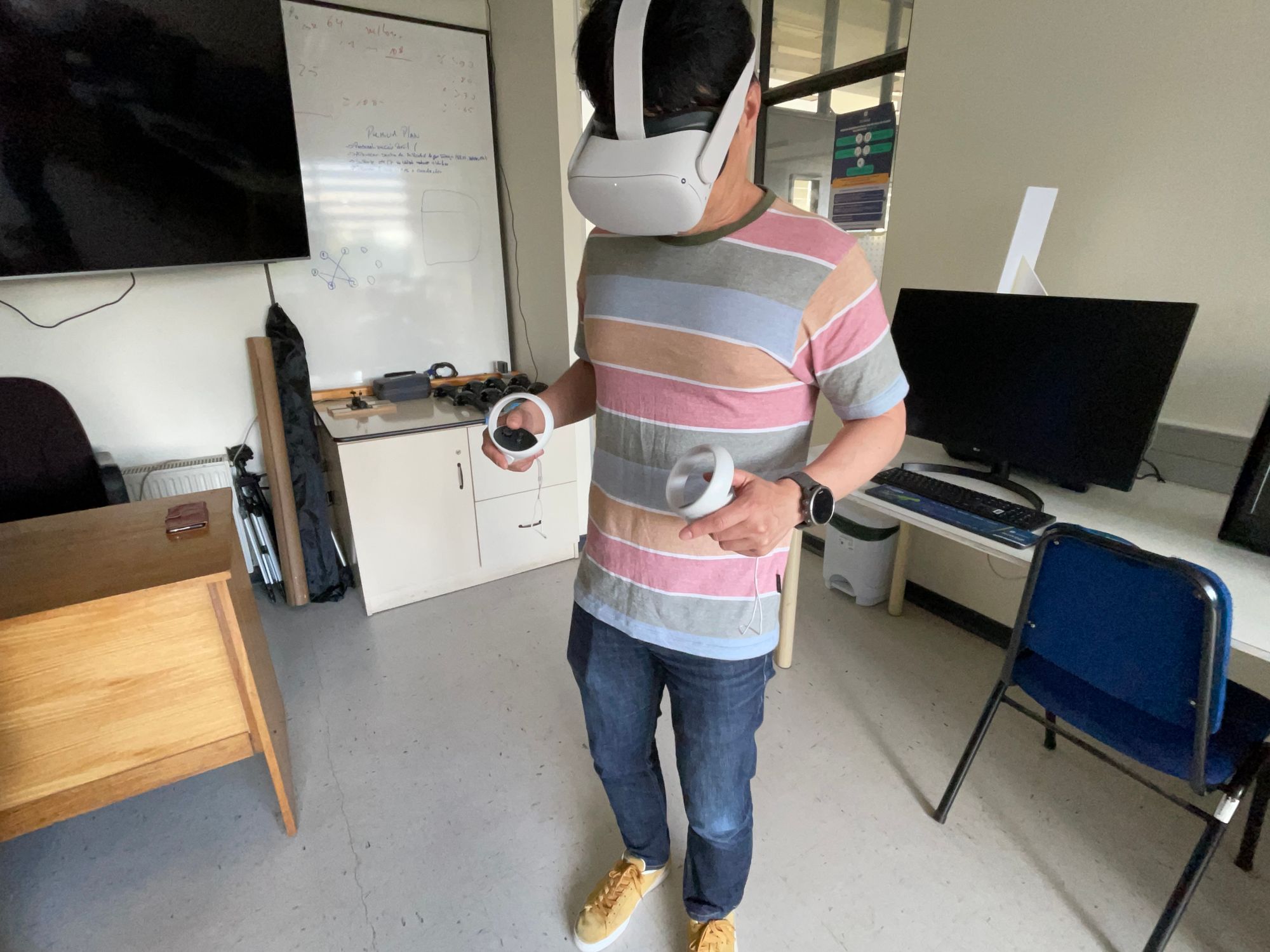
From philosophy of knowledge to digital application
To show how this thinking might apply in education, Dr. Aguayo and his fellow researchers considered two empirical studies: one in Chile and one in New Zealand.
In Chile, the project taught primary school learners about nutritional wellbeing using STEM pedagogy. The students built a dynamometer (the technological learning) to estimate the weight of food (the science learning) through concepts such as the rule of three (the maths learning). This ‘STEM dynamometer project’ incorporated mathematical modeling and proportional reasoning.
The Chile food nutritional wellbeing project was an example of STEM teaching with non-digital technology, which is easily accessible and could be replicated in different contexts.
The New Zealand study combined non-digital options with virtual reality and other digital tools to help learners explore concepts such as ecological sustainability, environmental education and marine conservation outside the classroom—even including an immersive snorkel activity.
Offering different kinds of stimuli gave learners adaptability and flexibility. They could choose learning opportunities according to their preferences and uniqueness.
Dr. Aguayo hopes such classroom studies will help educators to break through mental barriers about digital education tools,
“There is criticism that digital tools disconnect us from reality, but we propose that schools can combine analogical and digital tools to make the most of education,” says Dr. Aguayo.
Dr. Aguayo believes it is possible to apply an enactive approach in many educational contexts besides STEM and STEAM programmes. He goes back to the biological theory of autopoiesis–the founding block of the Santiago theory of cognition, developed by Maturana and Varela in the 70s. That pair of researchers defined living organisms as those who can create their own materials, barriers and processes, according to their own rules, making them able to navigate through processes.
Similarly, Dr. Aguayo suggests that if we can understand educational systems as living organisms, they “would be able to adapt themselves to context changes, be always up-to-date and able to self-reproduce.”
In the context of education, autopoiesis is about applying a systemic or biologic approach to education, to make education systems more organic, including through the use of technology.
Dr. Aguayo suggests that this would make education systems more efficient and help educators adapt in an ever-changing environment. Instead of making one-off products, the systems would be self-producing and self-improving. This would have been very helpful during the pandemic, he suggests.
Forging Chile-Aotearoa New Zealand Connections
When we ask Dr. Aguayo about differences between Chile and New Zealand in digital innovation and what each can contribute to the other, Dr. Aguayo says it comes down to the difference between innovation on one hand, creativity on the other, and the power of combining these two forces.
Speaking about innovation, Dr. Aguayo notes that New Zealand has great access to technology and is among the first countries that receive digital innovation.
“In the education field, this gap between when technology arrives in New Zealand and then Chile translates into many years. It takes roughly three years for us to learn how to use a newly introduced technology, to adapt it to education and to implement it in the classroom, and to publish the results about it.”
This is why, he says, it is so important that New Zealand and Latin American countries work together.
“The Latin America CAPE is a crucial key player. We know how to fill in those gaps, as long as the resources and policy are available, to support the process and to get Latin America to a similar level.”
While New Zealand has an adaptive and innovative culture, which makes the use of new technology easier, Dr. Aguayo says Chile often looks ‘North’ to see what is working in Europe or North America and tries to replicate it down South. This can be “a big mistake” contributing to the gap, he adds.
Yet when it comes to creativity, it is Latin America where he sees the strength.
“Latin America has a different way of seeing the world and has more possibilities when it comes to ways of using technology. I find there is more imagination, creativity, fields and scenarios to explore and adapt technology. This allows for new things and ideas to emerge, which is not always the case in New Zealand, where I do not observe as much fertile soil to try technology.”
With these different strengths, New Zealand and Latin American countries could form winning combinations, he believes.
“Creativity and innovation are not the same, but when you get to combine both, that is a win-win and that is why Latin America and New Zealand collaboration is key for both regions.”
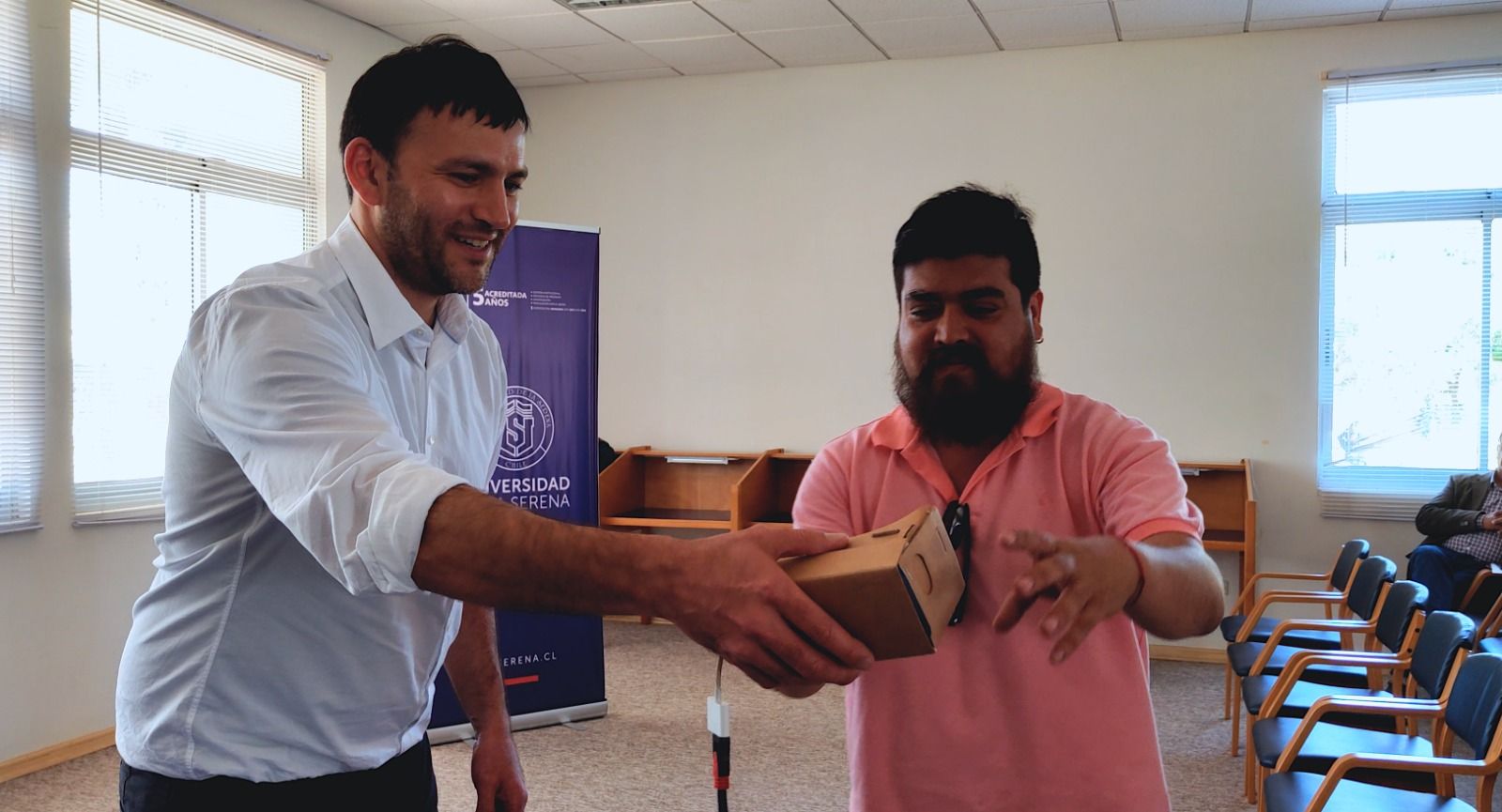
Digital and Communities
Dr. Aguayo is also gaining significant insights into bringing new digital tools into communities, through his role as Senior Digital Innovation Advisor in Te Ara Poutama, the Faculty of Māori and Indigenous Development at Auckland University of Technology (AUT). There he works with Māori colleagues, some trained in digital technology and others who contribute their intercultural skills.
Dr. Aguayo sees that Māori communities, like other oppressed communities, found in digital tools new ways towards social and cultural emancipation. In Dr. Aguayo words:
“Many people have lost their links to their stories and ancestors; through digital tools, such as narrative videos, hearing sounds from their culture, or storytelling, they can rediscover and resignify their stories and their identities, and even heal trauma.”
Dr. Aguayo is positive that digital technology could also be an emancipation and healing tool for Latin American Indigenous communities. At the time of our interview, Dr. Aguayo was about to embark on a trip to Chile, where he aimed to gain more insight into how these topics are progressing in the region. We are excited to talk to him again and listen to his updates.
Read more
* Quotes in this article may have been edited for clarity and brevity. The views expressed in this article do not necessarily represent the views of the Centres of Asia-Pacific Excellence.

